Free courses
Produced by The Open University, a world leader in open and distance learning, all OpenLearn courses are free to study. We offer nearly 1000 free courses across 9 different subject areas. Our courses are available to start right away.
- All topics
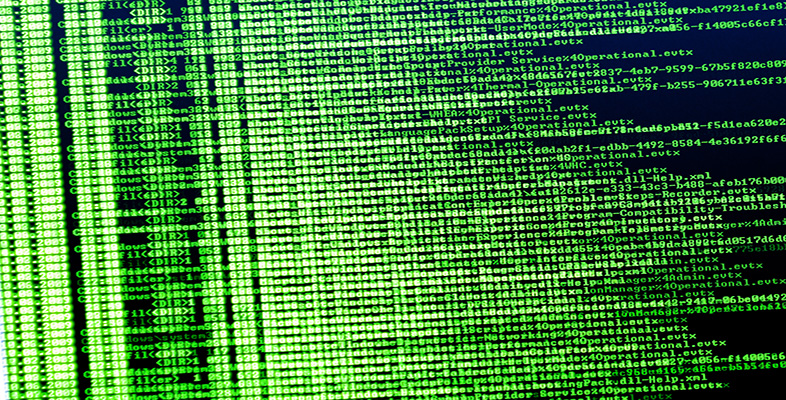 free course icon
level 1: introductory icon
free course icon
level 1: introductory icon
Science, Maths & Technology
Exploring data: Graphs and numerical summaries
This free course, Exploring data: graphs and numerical summaries, will introduce you to a number of ways of representing data graphically and of summarising data numerically. You will learn the uses for pie charts, bar charts, histograms and scatterplots. You will also be introduced to various ways of summarising data and methods for assessing ...
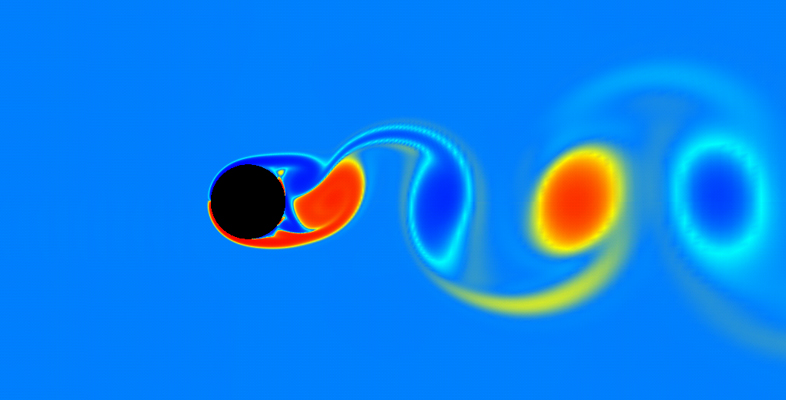 free course icon
level 2: intermediate icon
free course icon
level 2: intermediate icon
Science, Maths & Technology
Kinematics of fluids
This free course examines the basic kinematics of two-dimensional fluid flows. Section 1 introduces the differential equations for pathlines and streamlines. Section 2 introduces a scalar field, called the stream function, which for an incompressible fluid provides an alternative method of modelling the flow and finding the streamlines. Sections 2 ...
 free course icon
level 1: introductory icon
free course icon
level 1: introductory icon
Science, Maths & Technology
Introducing vectors for engineering applications
Applied mathematics is a key skill for practicing engineers and mathematical modelling is an ever-increasing field within engineering. This free course, Introducing vectors for engineering applications, covers one aspect of a Level 1 engineering module, the application of vectors and vector algebra, using examples inspired by engineering ...
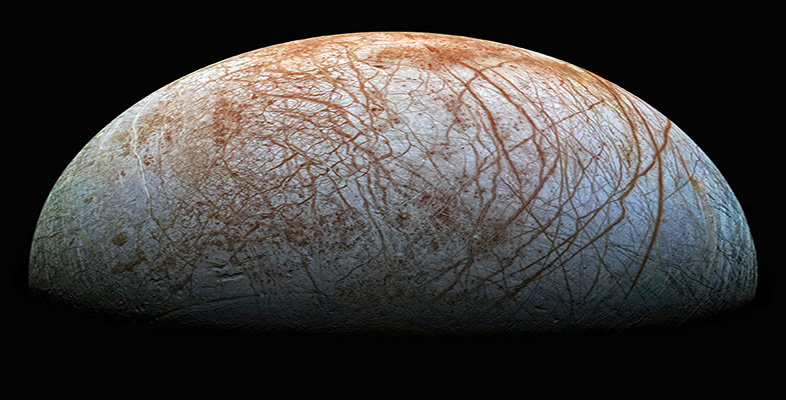 free course icon
level 2: intermediate icon
free course icon
level 2: intermediate icon
Science, Maths & Technology
Icy bodies: Europa and elsewhere
The new discipline of astrobiology that is, the science of searching for extraterrestrial life, is not only rapidly growing, but has also captured the public imagination. This free course, Icy bodies: Europa and elsewhere, examines the emergence of icy satellites of distant planets as potential sites of extraterrestrial life, looks at the ...
 free course icon
level 1: introductory icon
free course icon
level 1: introductory icon
History & The Arts
Forth Road Bridge
Scotland's Forth Road Bridge may not be the most beautiful bridge over the Firth of Forth, but it is an incredible feat of engineering and is integral to the economy of the entire area. However, rust is threatening to destroy the cables that suspend the road. This free course uses video to explore the issues associated with the potential demise ...
 free course icon
level 1: introductory icon
free course icon
level 1: introductory icon
Science, Maths & Technology
Introduction to algebra
This free course is an introduction to algebra which builds on the idea of using letters to represent numbers. Section 1 looks at finding, simplifying and using formulas and includes useful tips on learning algebra. Section 2 introduces some of the terminology used in algebra and techniques such as evaluating and checking equivalence of ...
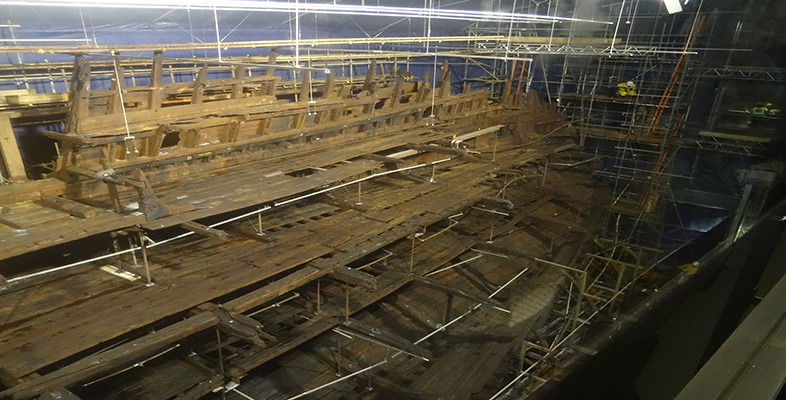 free course icon
level 2: intermediate icon
free course icon
level 2: intermediate icon
Science, Maths & Technology
Analytical science: secrets of the Mary Rose
This free course, Analytical science: secrets of the Mary Rose, teaches you about the analytical techniques that are used in the research and investigation of historical objects using the case study of the Mary Rose. It covers the use of sonar to locate shipwrecks, and the analysis of the artefacts found on the ship, and the crew and their remains.
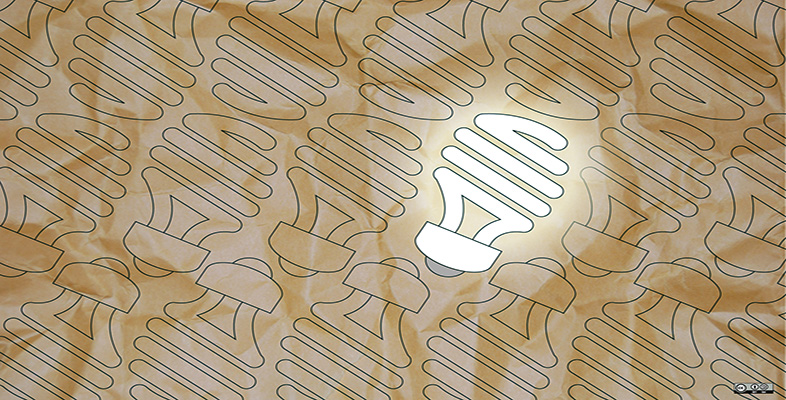 free course icon
level 3: advanced icon
free course icon
level 3: advanced icon
Science, Maths & Technology
Innovation through representation
Innovations are realised through design, and some of the most useful tools in the designer's toolbox are the representations that are used to move from a vague idea, to a concept, and then to a realised product, service or system. This free course, Innovation through representation, explores what innovation is and how representations are used to...
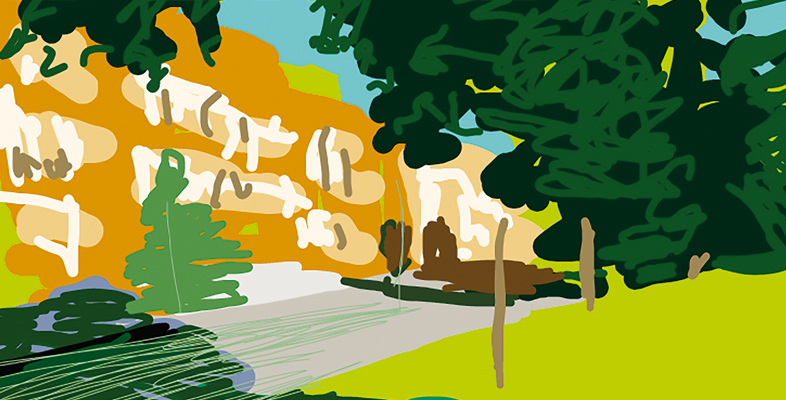 free course icon
level 2: intermediate icon
free course icon
level 2: intermediate icon
Science, Maths & Technology
An introduction to interaction design
From apps, phones and business systems to wearables, the Web and the Internet of Things, interactive products have become part of everyday life. But how can interactions be designed to best meet their purpose and offer good user experience? This free course, An introduction to interaction design, explores this topic. You will learn: what ...
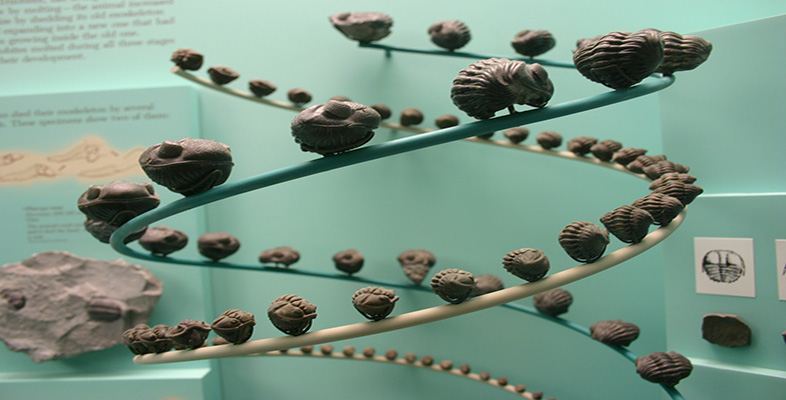 free course icon
level 1: introductory icon
free course icon
level 1: introductory icon
Nature & Environment
Life in the Palaeozoic
Fossils are a glimpse into the distant past and fascinate young and old alike. This free course, Life in the Palaeozoic, will introduce you to the explosion of evolution that took place during the Palaeozoic era. You will look at the many different types of creatures that existed at that time and how they managed to evolve to exist on land.
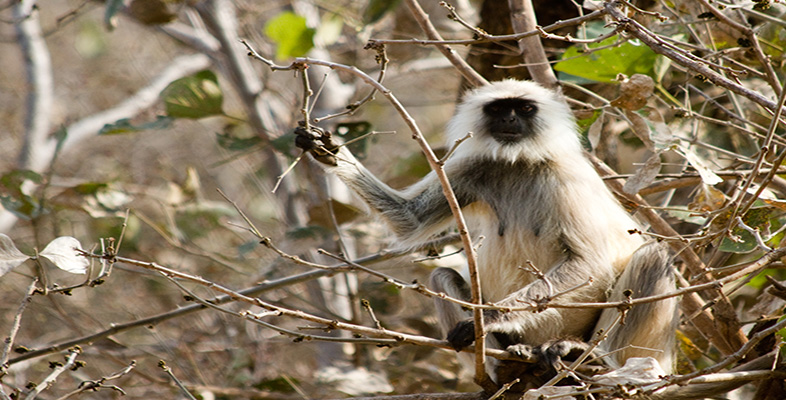 free course icon
level 1: introductory icon
free course icon
level 1: introductory icon
Nature & Environment
Studying mammals: The social climbers
Monkeys have long fascinated us because of their similarities to the human race. In this free course, Studying mammals: The social climbers, you will find out about some of the characteristics that make them so like us: their physiology, complex social interactions, large brains and intelligence. This is the ninth course in the Studying mammals ...
 free course icon
level 2: intermediate icon
free course icon
level 2: intermediate icon
Science, Maths & Technology
Introduction to group theory
This free course is an introduction to group theory, one of the three main branches of pure mathematics. Section 1 looks at the set of symmetries of a two-dimensional figure which are then viewed as functions. Section 2 introduces an algebraic notation for recording symmetries and calculating composites and inverses of symmetries. Section 3 ...